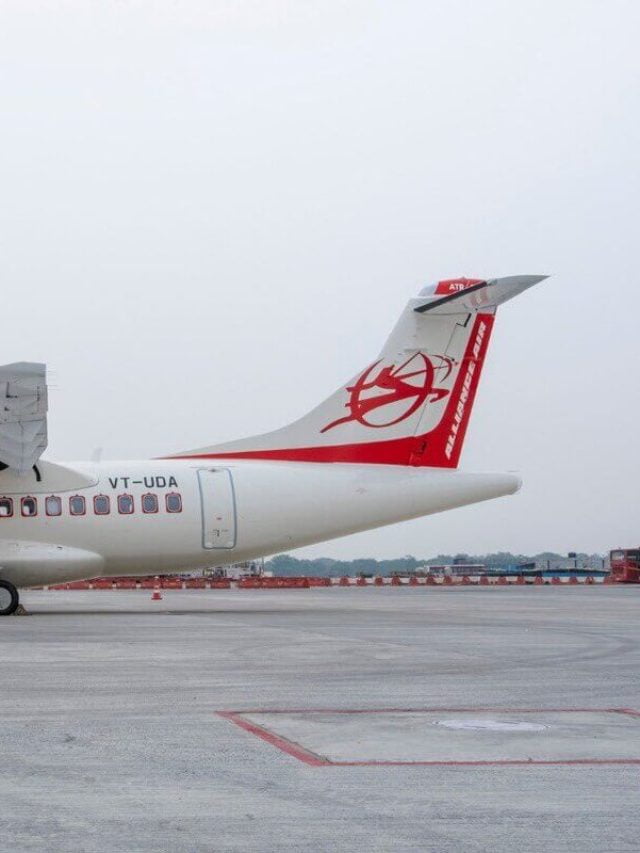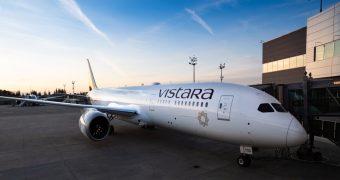
The emergence of Omicron, a new variant of the COVID-19 virus, has led to the revision of travel guidelines for global passengers in India. The new guidelines will come into effect from December 1.
Under the new guidelines, the travellers have to submit their travel history of the last 14 days and a negative RT-PCR test result not older than 72 hours on the Air Suvidha portal. They must also submit a self-declaration form on the Air Suvidha portal. The passengers coming from at-risk countries have to undergo a mandatory COVID-19 test. The government will also test passengers randomly (5% of total flight passengers) post-arrival. If any of the documents submitted by the passenger is found to be manipulated, the government will make the passenger liable for criminal prosecution.
In the wake of new development, the government will also reassess its plan to open Indian air for regular commercial international flights.
Seven-day mandatory quarantine for passengers from “at-risk” countries
Around 12 countries are currently considered as “at-risk” countries. The list includes the UK, Botswana, Zimbabwe, South Africa, Israel, Bangladesh, Mauritius, China, Hong Kong, New Zealand, Brazil and Singapore.
The passengers from “at-risk” countries must undergo the COVID-19 test on arrival and wait at the airport until the results are out. They will not be allowed to take any connection flights unless the result comes as negative. The passengers who test negative must further undergo a seven-day quarantine. A test will be conducted on the eighth day, and if the report comes as negative, one has to monitor their health for the next seven days.
The symptomatic passengers will be immediately treated at the health facility. The samples of such passengers who prove to be positive will be taken to the INSACOG laboratory network for genomic testing. INSACOG is a multi-laboratory, pan-India chain established by the Government of India to detect COVID-19 variants. The contacts of such passengers will also be monitored and kept under home quarantine under the guidance of the concerned state government.
Travellers from countries besides the high-risk countries can leave the airport on arrival, but they have to self-monitor their health for 14 days.
The new guidelines are applicable for passengers from any entry points, including airports, land borders and seaports.












